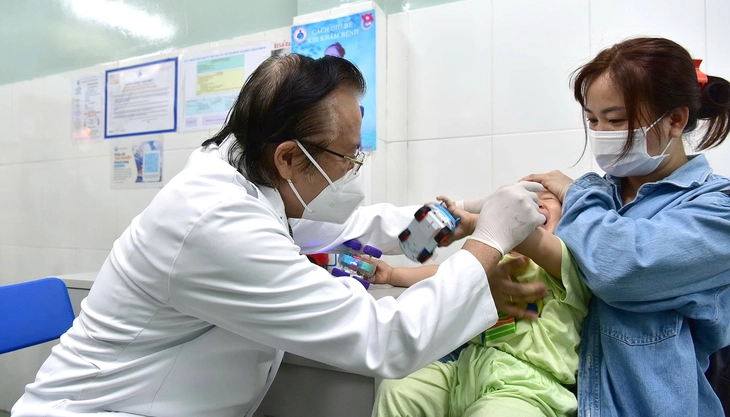
Doctor Nguyen Van Dau, former head of the maxillofacial department at Children's Hospital 1, takes care of children with cleft lip and palate - Photo: TTD
This is not only a physical abnormality but also causes many difficulties related to eating, language, hearing, aesthetics and even psychosocial problems.
Treatment for cleft lip and palate is not a single event but a long journey, often lasting from birth to adulthood. During that process, children need to go through many different interventions, including lip and palate surgery, alveolar bone grafting, orthodontics, speech therapy and psychological support.
Therefore, caring for children with cleft lip and palate is always considered a comprehensive plan, requiring close coordination of many medical specialties along with patient support from the family.
Why does cleft lip and palate require comprehensive treatment?
Cleft lip and palate is a complex malformation because it affects many different organs and functions in the child's body. Right from the newborn stage, children may have difficulty eating and drinking because they cannot create negative pressure in the oral cavity to suckle, easily choke on milk, vomit, gain weight slowly and are at risk of malnutrition and respiratory diseases.
When children reach the age of learning to speak, a cleft palate causes the flow of air to escape through the nose, creating a nasal voice, making it difficult for them to speak clearly, thereby hindering the communication process.
In addition, most children with cleft palate also have Eustachian tube dysfunction, leading to recurrent otitis media and hearing loss. Hearing loss makes learning to speak even more difficult. In terms of maxillofacial development, clefts make children susceptible to malocclusion, crooked teeth, malformed teeth, underdeveloped upper jaw, missing tooth buds, or teeth in the cleft area that cannot grow due to lack of bone.
These abnormalities not only affect chewing function but also have a great impact on facial aesthetics. In addition, psychosocial factors are also a burden: children with different faces are often teased by friends, easily fall into inferiority complex, self-esteem and have difficulty integrating.
All these multidimensional impacts show that no single doctor or method can completely solve the problem. Only with the coordination of many different specialties, along with a continuous, comprehensive care plan from birth to adulthood, can children have the opportunity to develop comprehensively in health, physical and mental.
Specialties involved in treatment
A comprehensive cleft lip and palate treatment team typically includes several specialists with different roles. At the center of the process is the plastic or craniofacial surgeon, who performs major surgeries such as lip repair, palate repair, alveolar bone grafting, jaw reconstruction, or nasal reconstruction.
They are accompanied by many doctors in different specialties. Otolaryngologists are the ones who monitor and treat middle ear diseases, insert ventilation tubes to prevent hearing loss.
The orthodontist is responsible for managing the development of the jaws and teeth, performing multi-stage orthodontic treatments, preparing for alveolar bone grafting, and performing jaw surgery when necessary.
In parallel, the pediatric dentist will monitor tooth eruption, provide preventive dental care and treat cavities from the first year of life. Dental defects are also supported by the prosthodontist through arch-covering appliances or tooth restorations to help children eat and speak better.
An integral part of this team is the speech therapist, who accompanies the child from birth to guide breastfeeding, eating and then provides speech and language therapy for many years. The audiologist also plays an important role in regular hearing assessments, working with the otolaryngologist to address hearing loss issues.
In addition to clinical specialists, nurses and coordinators are essential links between families and the medical team, helping parents understand home care and manage complex appointments. Psychologists support children in overcoming anxiety and guilt, and help parents cope with stress.
Social workers connect families with community resources, financial assistance, and insurance. Geneticists also help explain the cause of the defect and advise on the risk of recurrence in future pregnancies.
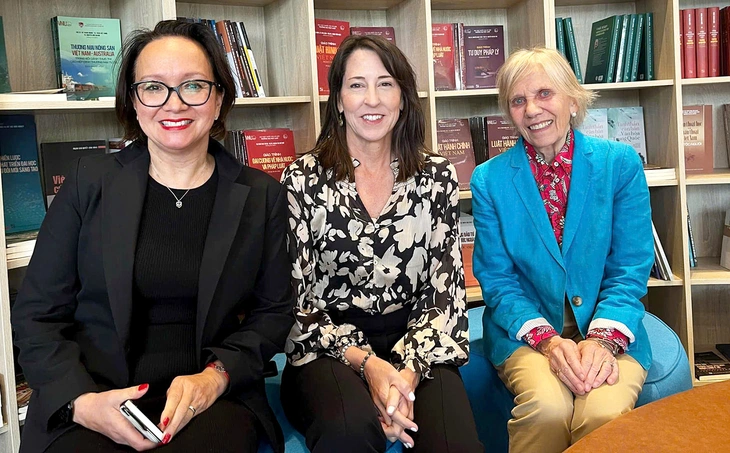
Ms. Kathy (right cover) - President of Operation Smile with colleagues on the occasion of the organization's 35th anniversary in Vietnam. Operation Smile has supported tens of thousands of children with cleft lip and palate - Photo: LAN ANH
Treatment roadmap from birth to adulthood
Treatment of cleft lip and palate is a long journey divided into many stages. Even before birth, thanks to ultrasound, the defect can be detected, from which parents can receive genetic counseling, psychological preparation and access to a team of specialists.
After birth, the baby needs to be provided with nutrition using specialized bottles. Pre-surgical orthopedic devices can be used to help the baby eat more easily and to narrow the gap.
At around three to six months of age, babies often undergo lip surgery to improve their appearance and aid in better feeding. Between nine and eighteen months, palate surgery is performed to help children pronounce more accurately and reduce choking while eating, combined with ear ventilation tubes to prevent otitis media.
Between the ages of 1 and 5, children need speech therapy, regular dental check-ups, and regular hearing tests to build a foundation for communication and health.
From 6-10 years old, the orthodontist will perform jaw expansion and initial orthodontic measures, and prepare for alveolar bone grafting, which is usually performed when the permanent canines begin to erupt.
Between the ages of 10 and 15, children undergo comprehensive orthodontic treatment and may require additional speech surgery if speech problems persist. Between the ages of 16 and 21, if the upper jaw is underdeveloped, children may need to undergo jaw surgery, as well as lip and nose surgery to improve their appearance.
After age 21, treatment moves into the maintenance phase with orthodontic stabilization, regular dental care, and long-term psychological support.
The role of parents
In the entire treatment plan, parents are the decisive factor. No matter how professional the medical team is, the cooperation, patience and love of parents are the key to success.
Parents need to follow the schedule of examination and treatment, take care of the child after surgery according to instructions, support daily pronunciation practice and maintain oral hygiene as well as a scientific diet. Most importantly, parents need to encourage the spirit, help the child overcome inferiority complex, confidently integrate with friends and society.
Source: https://tuoitre.vn/loai-di-tat-hay-gap-o-tre-em-viet-nam-va-cach-nao-dieu-tri-toan-dien-20251004095807904.htm



![[Photo] Solemn opening of the 8th Congress of the Central Public Security Party Committee, term 2025-2030](https://vphoto.vietnam.vn/thumb/1200x675/vietnam/resource/IMAGE/2025/10/4/f3b00fb779f44979809441a4dac5c7df)
![[Photo] General Secretary To Lam attends the 8th Congress of the Central Public Security Party Committee](https://vphoto.vietnam.vn/thumb/1200x675/vietnam/resource/IMAGE/2025/10/4/79fadf490f674dc483794f2d955f6045)

![[Photo] Bustling Mid-Autumn Festival at the Museum of Ethnology](https://vphoto.vietnam.vn/thumb/1200x675/vietnam/resource/IMAGE/2025/10/4/da8d5927734d4ca58e3eced14bc435a3)






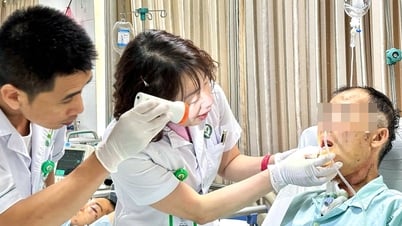
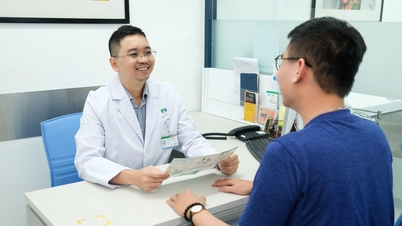
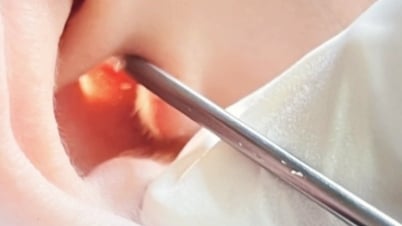

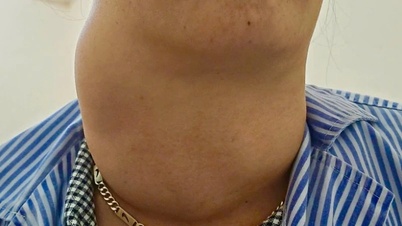

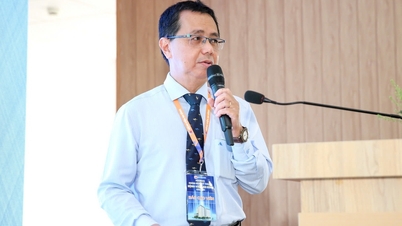







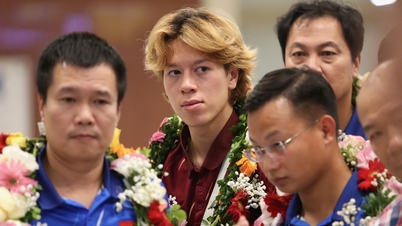


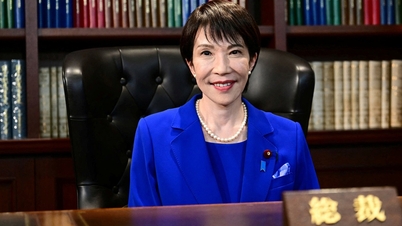




























![[VIDEO] Summary of Petrovietnam's 50th Anniversary Ceremony](https://vphoto.vietnam.vn/thumb/402x226/vietnam/resource/IMAGE/2025/10/4/abe133bdb8114793a16d4fe3e5bd0f12)

![[VIDEO] GENERAL SECRETARY TO LAM AWARDS PETROVIETNAM 8 GOLDEN WORDS: "PIONEER - EXCELLENT - SUSTAINABLE - GLOBAL"](https://vphoto.vietnam.vn/thumb/402x226/vietnam/resource/IMAGE/2025/7/23/c2fdb48863e846cfa9fb8e6ea9cf44e7)



































Comment (0)